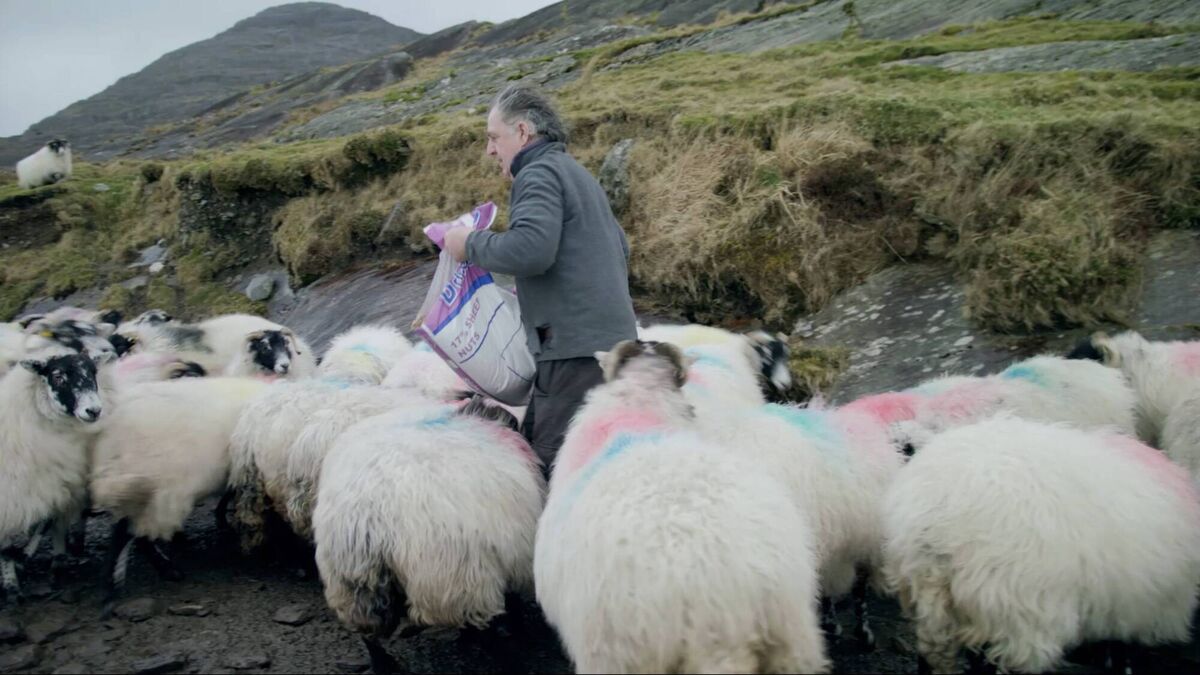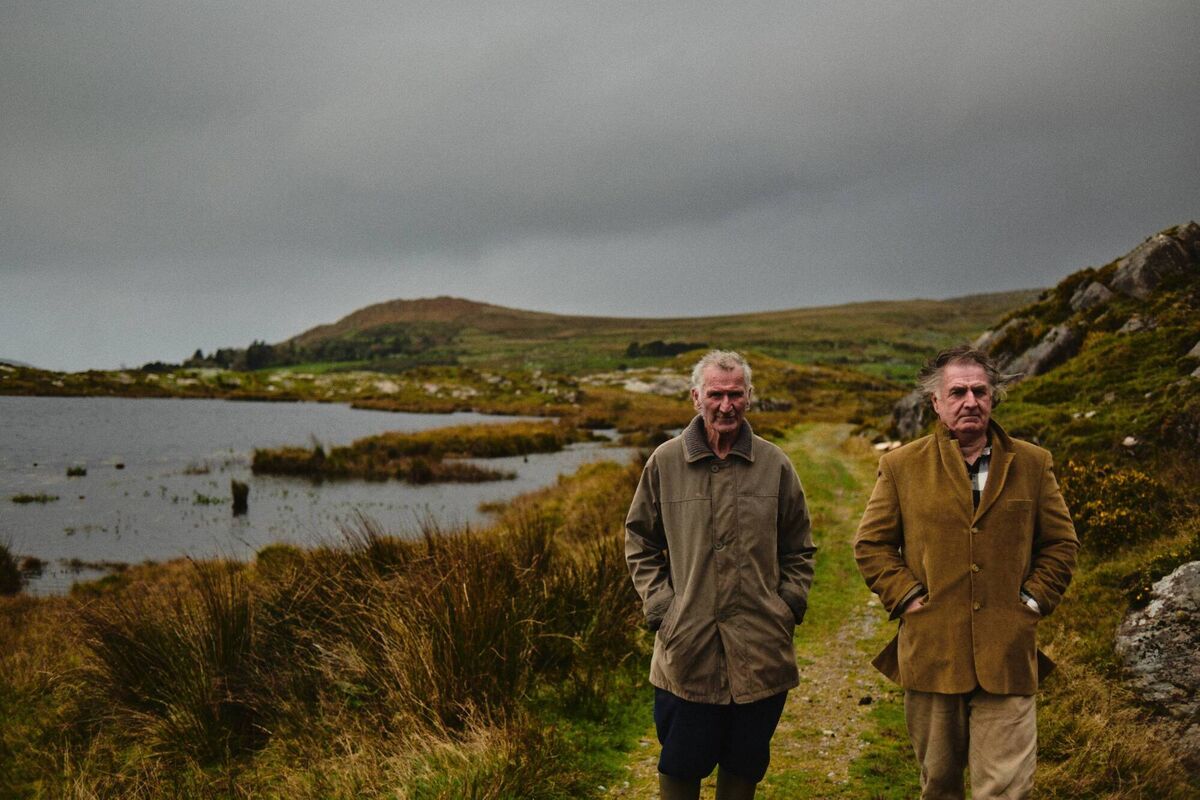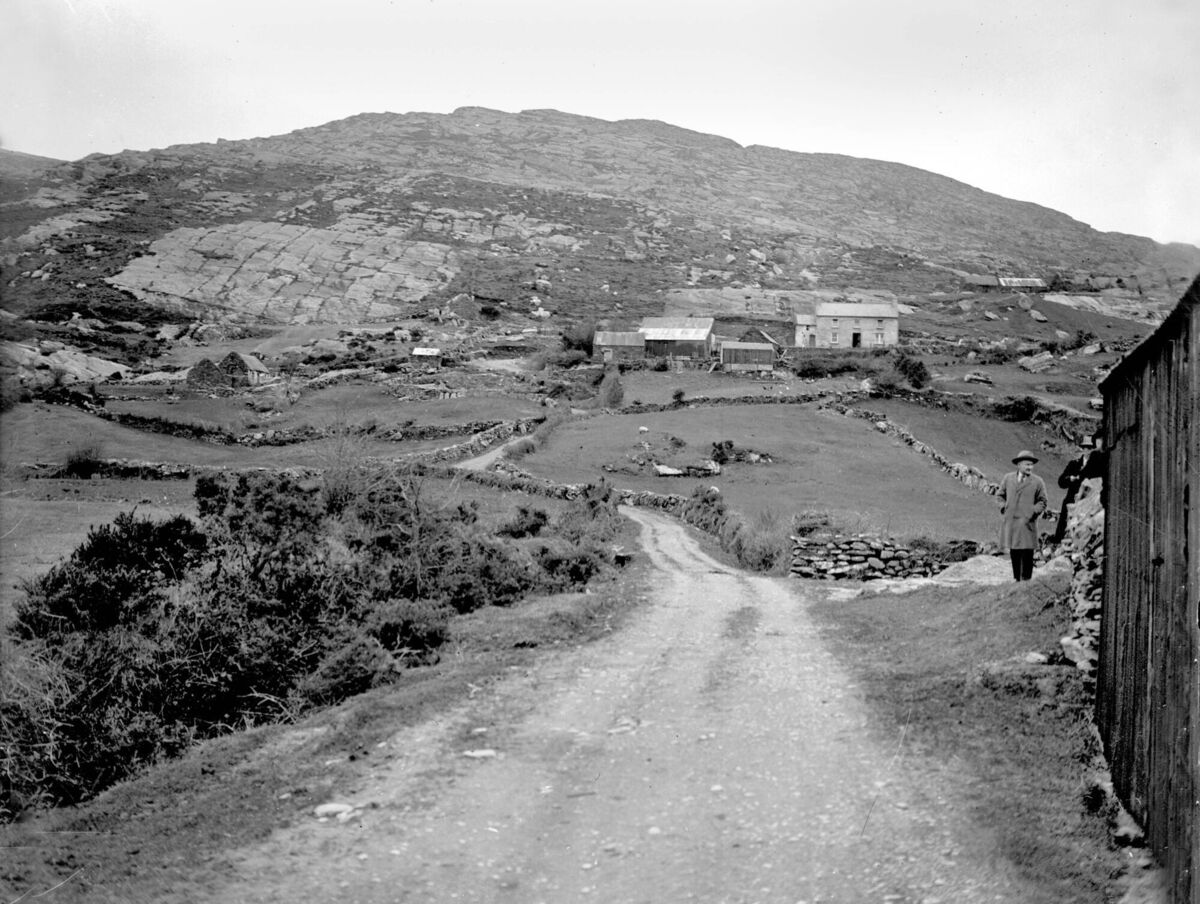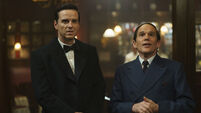Hungry Hill: 'You can live on a farm in Beara and make art that's meaningful'

Mieke Vanmechelen and Michael Holly made the Hungry Hill film.
The beauty of Beara is front and centre in Hungry Hill, a new documentary that captures the lives of sheep farmers on the Caha mountains near Adrigole in Co Cork.
Co-directors Mieke Vanmechelen and Michael Holly bring the peninsula and its people to life in a film that captures the spirit of and challenges facing the sheep-farming community.
Kenmare’s Cooperative Mart will be the unique setting for a special screening of the documentary on Saturday, August 12.
For Vanmechelen, the film is an opportunity to show the natural beauty of the region where her family moved. They came to Ireland after her father had worked as a sheep farmer in the Drowned Land of Saefthinghe, a large nature reserve close to the Estuary of Antwerp in Belgium.
“He was grazing a flock of Suffolk sheep up and down the dikes there,” she said. “He’d go out in the morning with the sheep and walk the dikes and let them graze in the marshlands and then come back in the evening.
“My mother was working in Antwerp and in Brussels, she was a theatre costume designer, but they gave up the life there, and my mother knew Ireland a little and had been here when she was younger.”

Keen to run their own farm having rented previously, the family looked at several potential new homes in Europe and Ireland before settling in Beara in 1981. “They went to Leitrim, they thought they would find an affordable farm up there, but something just pulled us down to this part of Ireland.
“Obviously, everybody knows how picturesque it is here. I remember as a child coming into Kenmare and I remember seeing how it was such a buzzing place. It was colourful, and it was cosmopolitan back in the 1980s. There was a big arts festival that used to happen here. And for my father, it was just the mountain - the valley here. It just drew us in, wanting to get away from the hustle and bustle. It looked like a nice amount of land to have a good flock of sheep on and that’s what really motivated him.”
Vanmechelen studied Philosophy and Classical Civilisation at Trinity College Dublin before returning to Kerry and starting a family. In 2001 she returned to Beara and took over her father’s farm. She has also worked consistently in film, education and the arts, completing an MA at Crawford College of Art and Design in 2014. She has held the position of Kerry County Council Filmmaker in Residence (2017-2023).
“I've always had a connection to nature and I grew up with sheep, so I know how they tick - I have no problem looking after them. Also it's my livelihood. I’m an artist, but everybody knows it’s not an easy life. Neither is farming, but between the two things, I seem to have found a happy medium or balance. It works well and one feeds into the other.
“In contemporary art now, things have come a long way. You don't necessarily need to be based in Berlin or London, you can live on a farm in Beara and make work that's meaningful.”

Hungry Hill, co-directed with Michael Holly, follows Vanmechelen’s award-winning film Rath and offers an insider’s view of the lives of hill farmers in the southwest. It aims to give sheep farmers a platform and raise awareness about sustainability - among them brothers Connie and John Doyle, who offer insights into their work through the course of the film. It all unfolds to a soundscape from Cork-based ethnomusicologist Tony Langlois.
“I like to work with people that I know and that I have a connection to and that I can spend time with, so the work is very much durational,” she explained. “For instance, Hungary Hill took two years, and then extra time to make some edits and do some small changes. It took a full year really to spend that time with Connie and John and build that relationship. Even though I knew them before, something happens when you're in that zone with somebody with a camera, building that trust, it's part of my work.”

Hungry Hill was funded by the Arts Council and the Kenmare Mart event is supported by Creative Ireland in partnership with Kerry International Film Festival.
What does Vanmechelen think people will take from the film? “I think how people perceive it and what they take away from it will depend on where they see it, who they are. The screening in the mart, because there are so many people in the film that will also be at the screening, it will have a different meaning for them. It'll be screening in Dublin [at the IFI Documentary Festival] and it's screened in Galway. I hope it will spark conversations and inspire possibly a bit of change, or that people can maybe start doing things differently or realise what they have and be proud of it.”
- Hungry Hill shows at Kenmare’s Cooperative Mart on Saturday, August 12, at 7pm





